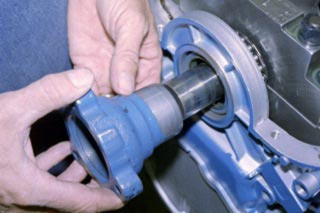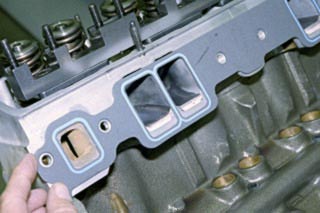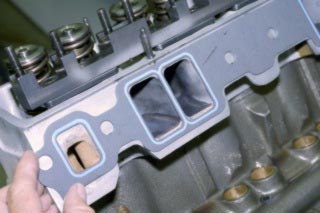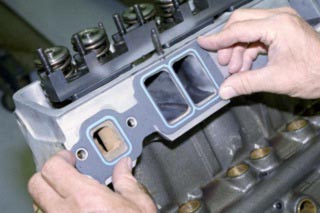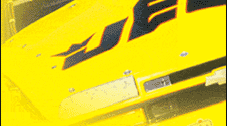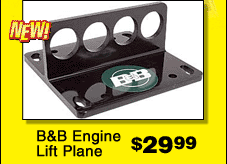 |
NO ADDITIVES
Never apply any sealers or glue to a coated head gasket. They could
react with the coating and affect the sealing to the metal surfaces.
Make sure that the head bolts / studs shanks and threads are in perfect
condition and their block holes are scrupulously clean so that they
will yield an accurate clamping load. If a head and block have been
resurfaced (material removed), trial-fit the head bolts to make sure
they don't bottom out and therefore can't hold or make their torque
value. Keith Dorton uses an oil-lubed hardened steel washer under head
bolts (even on tough cast iron heads) so the bolt's head doesn't gouge
into the head material.
|
|
| To locate a timing chain cover and its seal
to a crank snout and prevent leaks. Dorton has made this economical
tool - ge's cut down a used damper hub. You place the timing cover
on the clock and then insert the cut-down damper hub to center the
cover seal with the crank snout. Once aligned, then tighten the
cover and remove the tool. Always use a new timing chain cover seal.
It's cheap insurance to prevent leaks. |
|
|
| Stock intake gaskets may not fit a head with
modified intake ports. Lincing up the gasket to fit the stock mounting
holes may partially cover the modified port as shown here. |
|
|
| Or correctly aligning the gasket with the
intake port opening partially blocks a water passage and the mounting
holes. |
|
|
| Dorton solves the misalignments by cutting
the stock intake gasket into segments with shears. He then glues
the sections to the head with RTV to hold them in place during assembly. |
|
|

